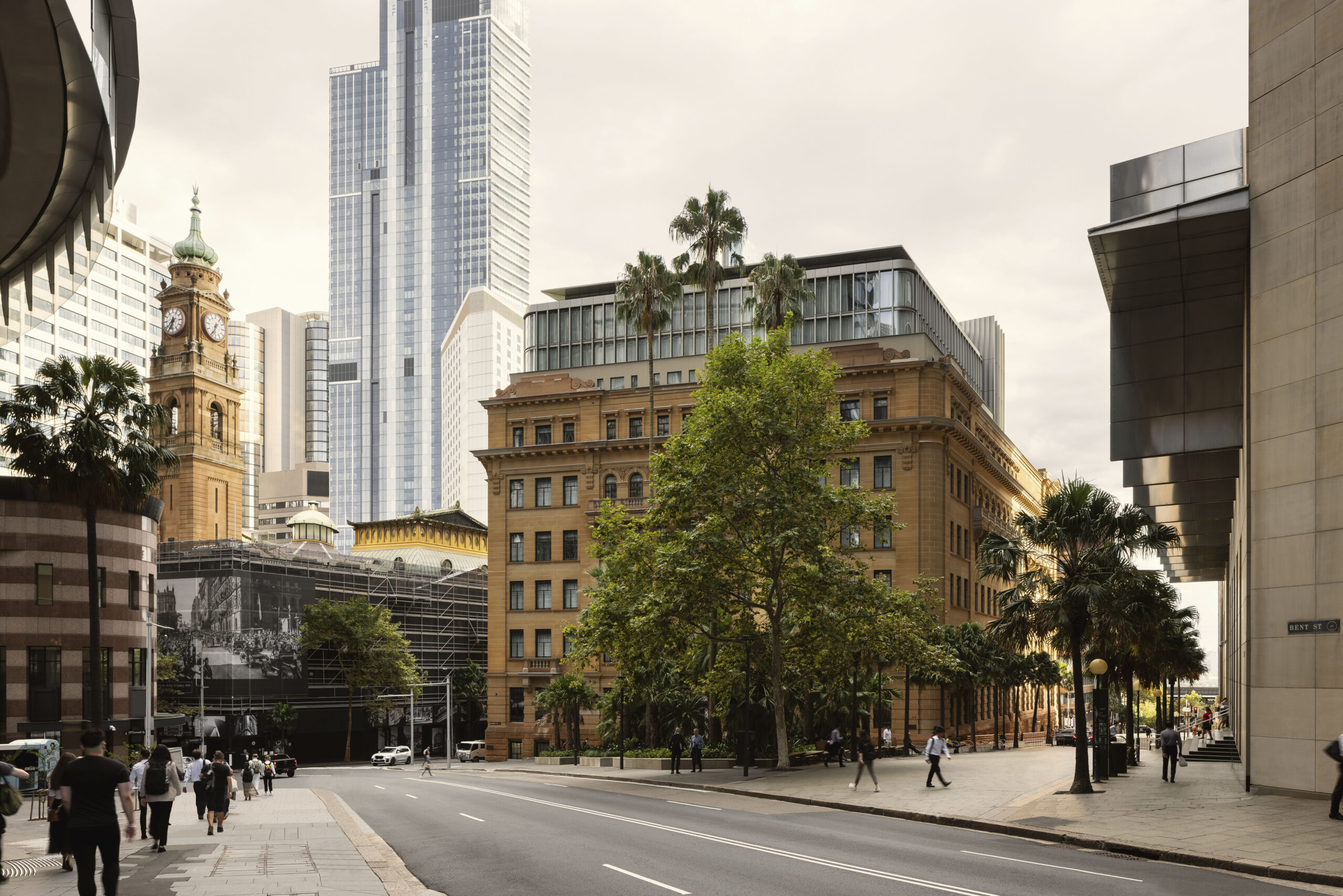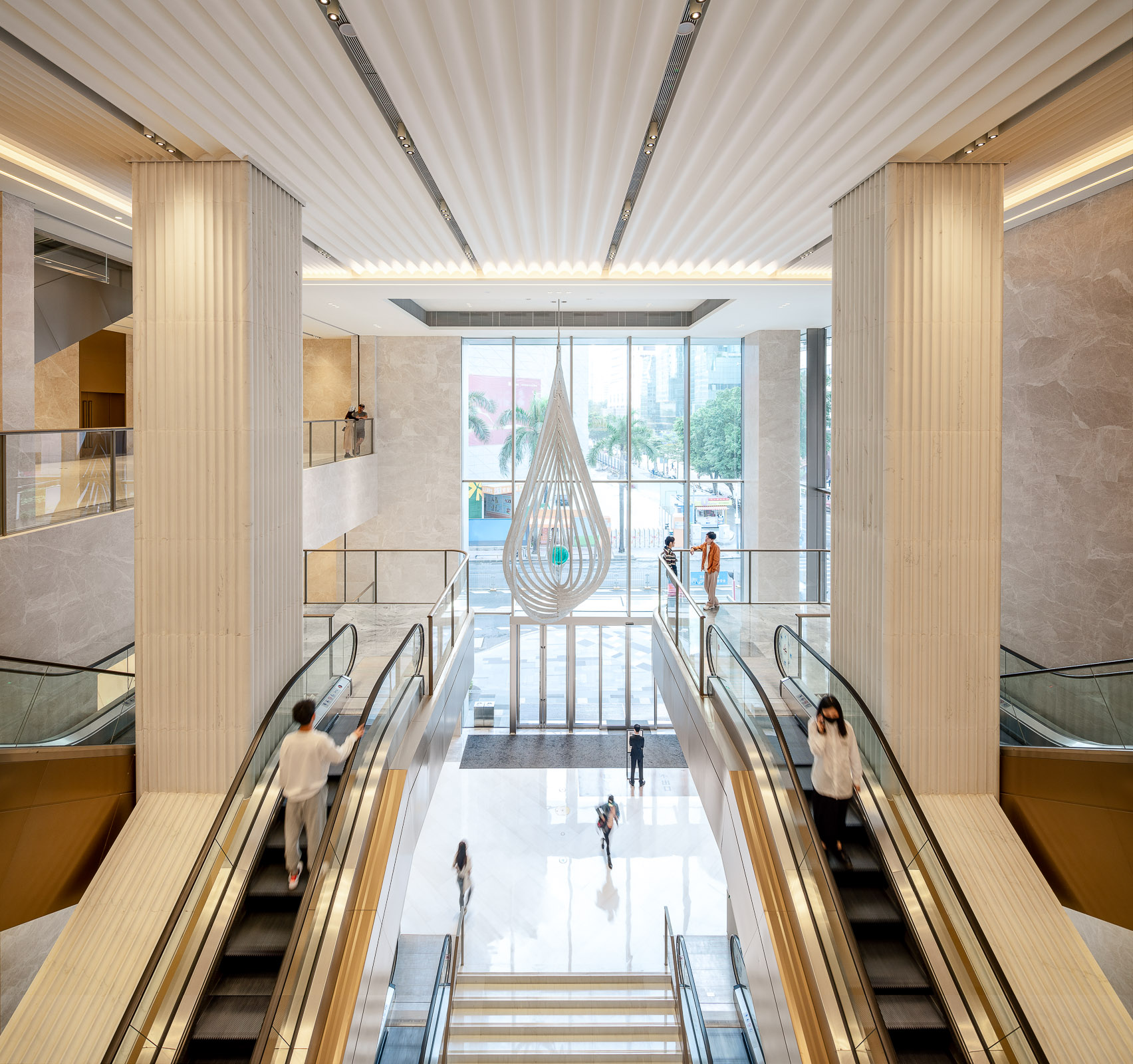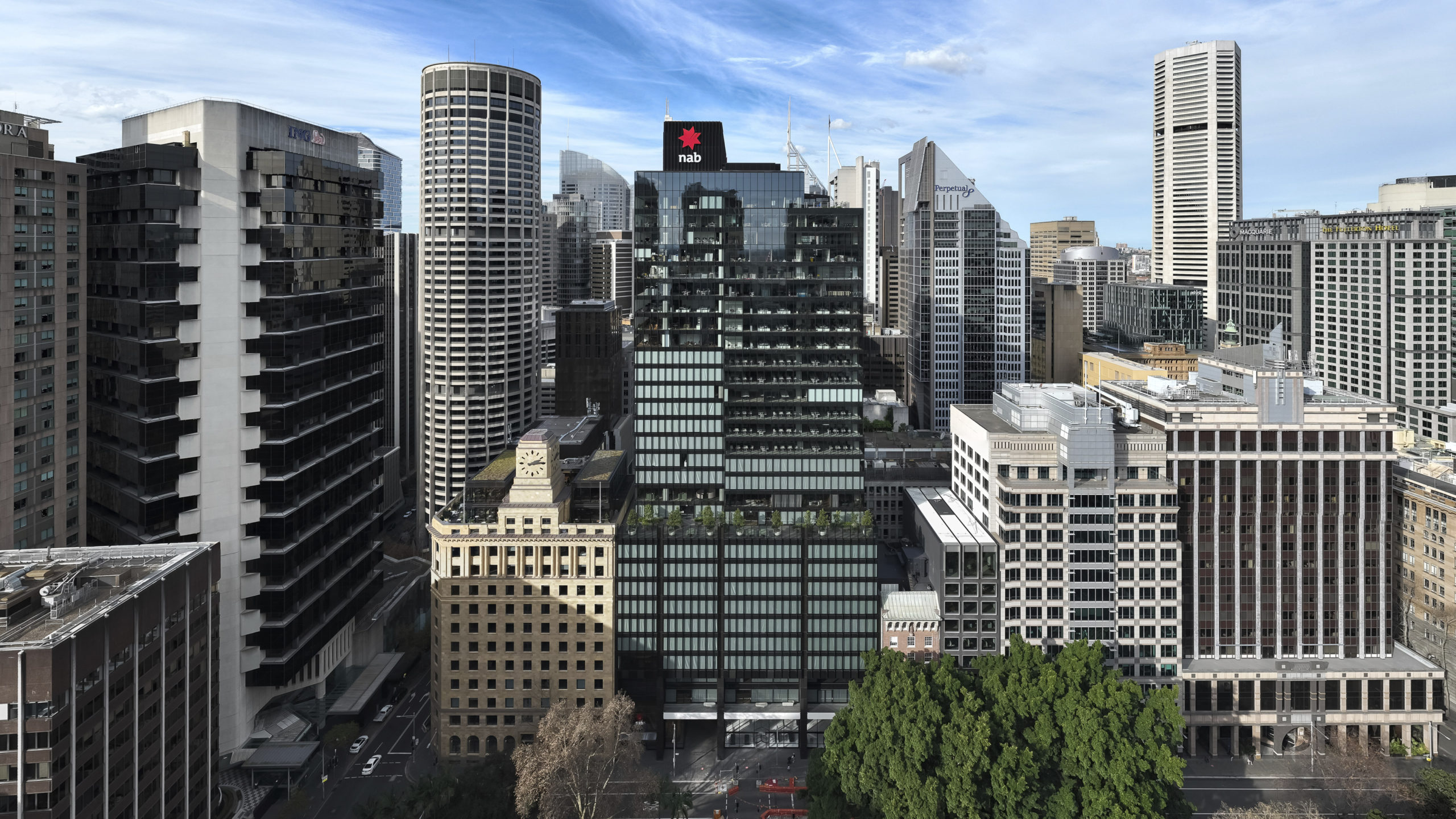
A student’s mind will tick over differently when attempting to sketch in three dimensions than when nudging a mouse about or inputting information via keys. It is incomparable. Paper asks a multitude of questions about space, light, darkness, materiality, detail, atmosphere, of which finality, precision and prettiness/slickness are the last things considered, if at all.
Unfortunately most students today are more confident on the computer than facing a blank page with a pencil in hand which is asking them these questions. This is mainly due to the look of the end result. It is very important that confidence is built up and therefore it is crucial that the student is made to understand that the beauty of the drawing, of the prettiness of the result, is thoroughly unimportant. It is the act of doing it which is crucial. Some students are more talented draughtsmen than others, of course, but it is mainly a matter of toning and developing a muscle. An act that the computer will happily take over offering a permanent set of crutches but where the muscle will eventually show signs of atrophy or underdevelopment.

It must be made clear to students that understanding and practising perspectival drawing is not merely about how things look but as a tool to inhabit and understand space and engage simultaneously in other aspects of architecture. Drawing is not exclusively a presentation tool but one of investigation and development. Schools should continue to make sketching and life drawing a portfolio pre- requisite for entering an architecture programme, as well as teaching it and weighing it heavily in the first year’s curriculum. I strongly support teaching methods where the computer and its many 3D software programs are absent from at least the first year of architectural education and that in the following years it is introduced as a tool to further investigate an already formed architectural resolution. An architecture born exclusively out of computer-aided investigations – whatever one’s opinion is of that kind of architectural end result – can always be learned down the line but the Trecento paradigm shift must take place in a student’s mind at an early stage if it is to occur at all.

This post forms part of our series on The Architecture Drawing Prize: an open drawing competition curated by Make, WAF and Sir John Soane’s Museum to highlight the importance of drawing in architecture. The winning and shortlisted drawings will be exhibited at Sir John Soane’s Museum 21 February – 14 April 2018.







































































































































































































































































